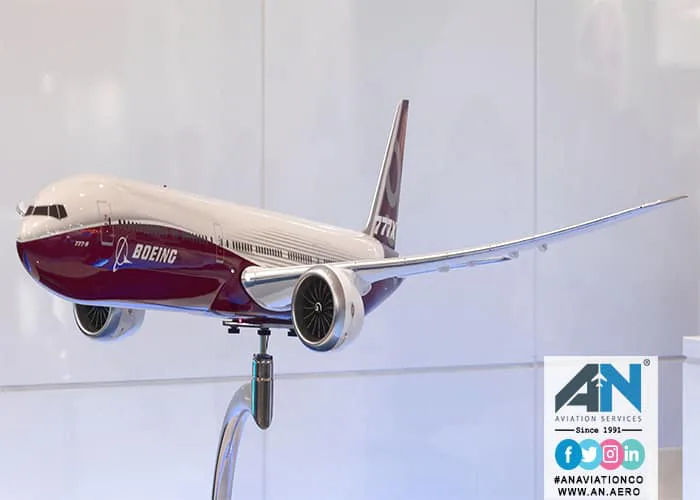
When it comes to aviation, altitude is a critical concept that shapes everything from flight planning to fuel efficiency. Whether you’re a frequent flyer or someone fascinated by how planes navigate the skies, understanding the different types of airplane altitude is both enlightening and essential for appreciating the complexity of modern aviation.
Altitude plays a pivotal role in determining air traffic control (ATC) procedures, weather patterns, and the overall efficiency of air travel. But why do commercial aircraft, private jets, and other planes fly at specific altitudes like 10,000 feet, 25,000 feet, or even 40,000 feet? Let’s dive into the details to demystify the science behind airplane altitudes.
What Is Airplane Altitude?
In simple terms, airplane altitude refers to the vertical distance between the aircraft and either sea level or the ground below. It is measured in feet above sea level and is one of the most critical parameters for ensuring safe and efficient flight. Altitude is not just about height—it also determines air density, weather patterns, and engine performance.
Aircraft operate at different altitudes depending on their purpose, size, weight, and range. For instance, commercial airliners tend to cruise at higher altitudes, while private jets may vary depending on their operational needs and efficiency goals.
Types of Airplane Altitude
There are several types of altitude, each serving a specific function in aviation. Here’s an explanation of the most commonly used ones:
1. Indicated Altitude:
This is the altitude displayed on an aircraft’s altimeter. It measures altitude relative to sea level, based on standard pressure settings. Pilots use indicated altitude as their primary reference during flight operations.
2. Pressure Altitude:
Pressure altitude is calculated using the standard barometric pressure of 29.92 inches of mercury (Hg). It’s primarily used for performance calculations and high-altitude flying, especially when the atmospheric pressure differs significantly from standard conditions.
3. True Altitude:
True altitude refers to the aircraft’s height above sea level. It is particularly important during approaches and landings, as pilots need accurate readings to avoid terrain or obstacles.
4. Density Altitude:
This type of altitude accounts for the air density at a given altitude, which is influenced by temperature and pressure. High-density altitudes reduce engine performance and lift, making it crucial for takeoff and landing at high-altitude airports.
5. Absolute Altitude:
Absolute altitude measures the height of an aircraft above the ground. This value is essential for navigating mountainous regions or conducting low-level flights.
Why Do Planes Fly at High Altitudes?
One of the most frequent questions is, “How high do commercial planes fly?” The answer typically lies between 35,000 and 40,000 feet, a range known as the cruising altitude. Here’s why higher altitudes are preferred:
- Fuel Efficiency: At higher altitudes, the air is thinner, which reduces drag on the aircraft. Less drag means the engines require less fuel to maintain cruising speed, making the flight more fuel efficient.
- Avoiding Weather: Higher altitudes often allow planes to fly above turbulence, storms, and other adverse weather conditions. This makes for a smoother and safer journey for passengers and crew.
- Air Traffic Control: Flying at high altitudes also helps manage air traffic control. Different aircraft are assigned specific altitudes to maintain safe separation and reduce the risk of mid-air collisions.
- Service Ceiling: Every aircraft has a service ceiling, the maximum altitude it can safely operate. For most commercial airliners, this is around 40,000 feet, while private jets and lighter aircraft may operate at lower altitudes based on their design.
The Role of Specific Altitudes
10,000 Feet:
This altitude is significant for several reasons. First, it’s the threshold below which pilots must adhere to specific speed limits to ensure safety. It’s also the altitude where oxygen levels and cabin pressurization begin to play a role in passenger comfort.
25,000 Feet:
At this altitude, aircraft begin to experience the benefits of reduced air density, which improves fuel efficiency. For many regional flights, 25,000 feet serves as the ideal cruising altitude.
40,000 Feet:
Larger jets, like commercial airliners, often cruise at or near this altitude. The thinner air at this level minimizes drag, allowing for longer flights and better fuel economy. It’s also an altitude that provides a buffer from most weather disturbances.
How Weight Affects Altitude?
The weight of the aircraft is another critical factor in determining altitude. Heavier planes may require lower altitudes during initial climb to optimize engine performance. Conversely, lighter aircraft, such as private jets, can ascend more quickly and operate comfortably at higher altitudes.
For example, cargo aircraft often need to adjust their cruising altitudes depending on the load they are carrying. The balance between weight, fuel consumption, and altitude is a constant calculation for pilots and flight planners.
Challenges of High Altitudes
While high altitudes offer several advantages, they also come with unique challenges:
- Lower Air Density: At higher altitudes, the reduced air density can make it harder to generate lift. Aircraft must be carefully designed to balance performance and fuel efficiency in these conditions.
- Oxygen Levels: Passengers and crew require a pressurized cabin to breathe comfortably at high altitudes. Any failure in the pressurization system can lead to emergencies like hypoxia.
- Turbulence: Though rare, turbulence can still occur at higher altitudes, especially near jet streams or during sudden weather changes.
Conclusion
Understanding the different types of airplane altitude sheds light on how aviation operates with such precision. From cruising altitude to the role of air density and fuel efficiency, altitude is much more than just a number—it’s a key factor in the safety and efficiency of air travel.
For commercial airliners, operating at higher altitudes between 35,000 and 40,000 feet ensures fuel efficiency and minimizes turbulence. On the other hand, private jets and regional flights may opt for slightly lower altitudes depending on their specific needs.
Altitude remains a cornerstone of aviation strategy, ensuring that aircraft fly safely and efficiently while meeting the demands of both passengers and the aviation industry. As you look out the window during your next flight, consider the careful calculations behind the altitude displayed on the cockpit instruments. It’s yet another example of the intricacies that make modern air travel so remarkable.
















